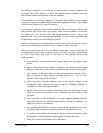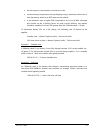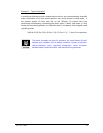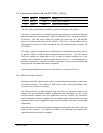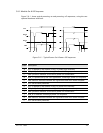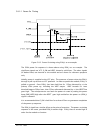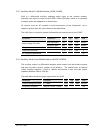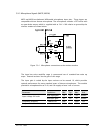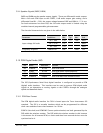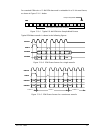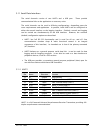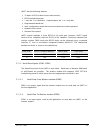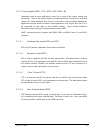
LZT 123 1836 48
5.9 Analogue Audio
Pin Name Direction Function
92 AUXIP Input Differential auxiliary audio to module from host (pos)
93 AUXIN Input Differential auxiliary audio to module from host (neg)
94 AUXOP Output Differential auxiliary audio to host from module (pos)
95 AUXON Output Differential auxiliary audio to host from module (neg)
96 AREF - Analogue reference
97 MICIP Input Microphone input positive
98 MICIN Input Microphone input negative
99 EARP Output Earpiece output positive
100 EARN Output Earpiece output negative
The analogue audio signals comprise of two audio inputs to the module, and two
audio outputs from the module. Both sets of audio interfaces are differential.
Analogue audio can be used for various configurations, including a car kit mode,
portable hands free and speakerphone (with an additional output gain stage).
Five audio profiles are available for GS64 users to configure various modes of
operation. Each profile is factory set to represent different modes, typical of general
usage. The customer can modify profiles to optimize acoustic performance to their
specific application.
The analogue inputs and outputs share common uplink and downlink chains which
are multiplexed, and selectively switched by the user through AT-commands.
There are five factory-set audio profiles as follows:
• portable hands free
• handset
• car kit
• speakerphone
• headset
Portable hands free is the factory-set default profile. The modification, configuration,
manipulation and storage of audio profiles is achieved with the AT*E2EAMS (Audio
Profile Modification) and AT*E2APR (Audio Profile).



